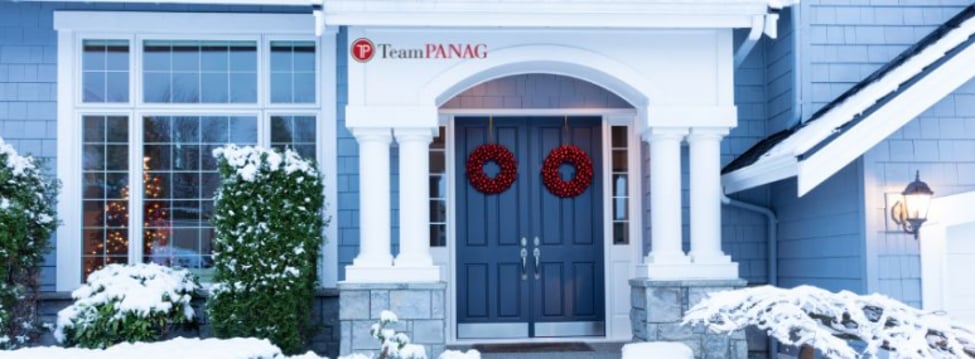Preparing your home for winter is essential to ensure your comfort, safety, and energy efficiency during the colder months. Here are 12 tips to get your home winter-ready:
1. Check and Insulate Windows and Doors
- · Inspect Seals: Look for gaps or leaks around windows and doors. Replace weatherstripping or add caulk to seal any cracks.
- · Install Storm Windows: If you have older windows, consider adding storm windows to improve insulation.
- · Use Draft Stoppers: Place draft stoppers or door snakes at the bottom of exterior doors to prevent cold air from entering.
2. Inspect Your Heating System
- · Clean and Replace Filters: Replace or clean your HVAC filters to ensure your heating system runs efficiently.
- · Schedule a Furnace Check: Have a professional inspect and service your furnace or boiler to ensure it's in good working condition for the winter.
- · Bleed Radiators: If you have a radiator heating system, make sure to bleed the air out of the radiators to improve efficiency.
3. Check Insulation
- · Attic Insulation: Ensure your attic is properly insulated to prevent heat loss. This is one of the most cost-effective ways to keep your home warm.
- · Crawl Spaces and Walls: Consider adding insulation to crawl spaces or exposed walls to improve energy efficiency.
4. Reverse Ceiling Fans
- · Clockwise Rotation: In winter, run ceiling fans in a clockwise direction at low speed. This pushes warm air down from the ceiling, helping to heat the room more efficiently.
5. Clean and Service the Chimney
- · Chimney Cleaning: If you have a wood-burning stove or fireplace, have your chimney cleaned and inspected for blockages and creosote buildup, which can be a fire hazard.
- · Check for Cracks: Inspect the chimney for any cracks that might let in cold air or let out warm air.
6. Prepare Pipes for Cold Weather
- · Pipe Insulation: Insulate exposed pipes, especially in unheated areas like basements and crawl spaces, to prevent freezing and bursting.
- · Let Faucets Drip: If extreme cold is expected, let faucets drip slightly overnight to relieve pressure in the pipes and prevent freezing.
7. Inspect the Roof
- · Check for Damage: Inspect your roof for any missing shingles, leaks, or other damage that could allow water or snow to seep in.
- · Clean Gutters: Clear gutters and downspouts of leaves, twigs, and other debris to prevent ice dams, which can lead to water damage inside your home.
8. Stock Up on Winter Supplies
- · Winter Emergency Kit: Have a kit with essentials like flashlights, batteries, non-perishable food, bottled water, blankets, and a first-aid kit.
- · Salt and Shovels: Stock up on ice melt, sand, and snow shovels to clear walkways and driveways.
9. Test Smoke and Carbon Monoxide Detectors
- · Check Batteries: Test the batteries in smoke and carbon monoxide detectors to ensure they're working properly. Consider upgrading to models with a 10-year battery life for peace of mind.
10. Seal Gaps in the Exterior
- · Exterior Insulation: Look for any cracks or gaps in the foundation, siding, or exterior walls of your home. Seal any openings to prevent cold air from entering.
- · Use Foam Sealant: For small gaps, foam sealant is a good option for sealing around windows, doors, and pipes.
11. Prepare the Lawn and Garden
- · Rake Leaves: Remove fallen leaves from your lawn and garden beds to prevent them from suffocating the grass or attracting pests.
- · Cover Plants: Cover delicate plants with burlap or frost cloth to protect them from freezing temperatures.
- · Winterize Sprinklers: Drain and turn off your sprinkler system to prevent the pipes from freezing and cracking.
12. Inspect Your Home’s Exterior Lighting
- · Replace Outdoor Lights: Make sure your outdoor lights are working, especially along walkways and driveways for visibility in the dark, snowy days of winter.
- · Use LED Bulbs: Consider switching to energy-efficient LED bulbs, which use less power and are more durable in colder temperatures.
By following these tips, you’ll be well-prepared to face the winter months and enjoy a warmer, more comfortable home while avoiding expensive repairs.




